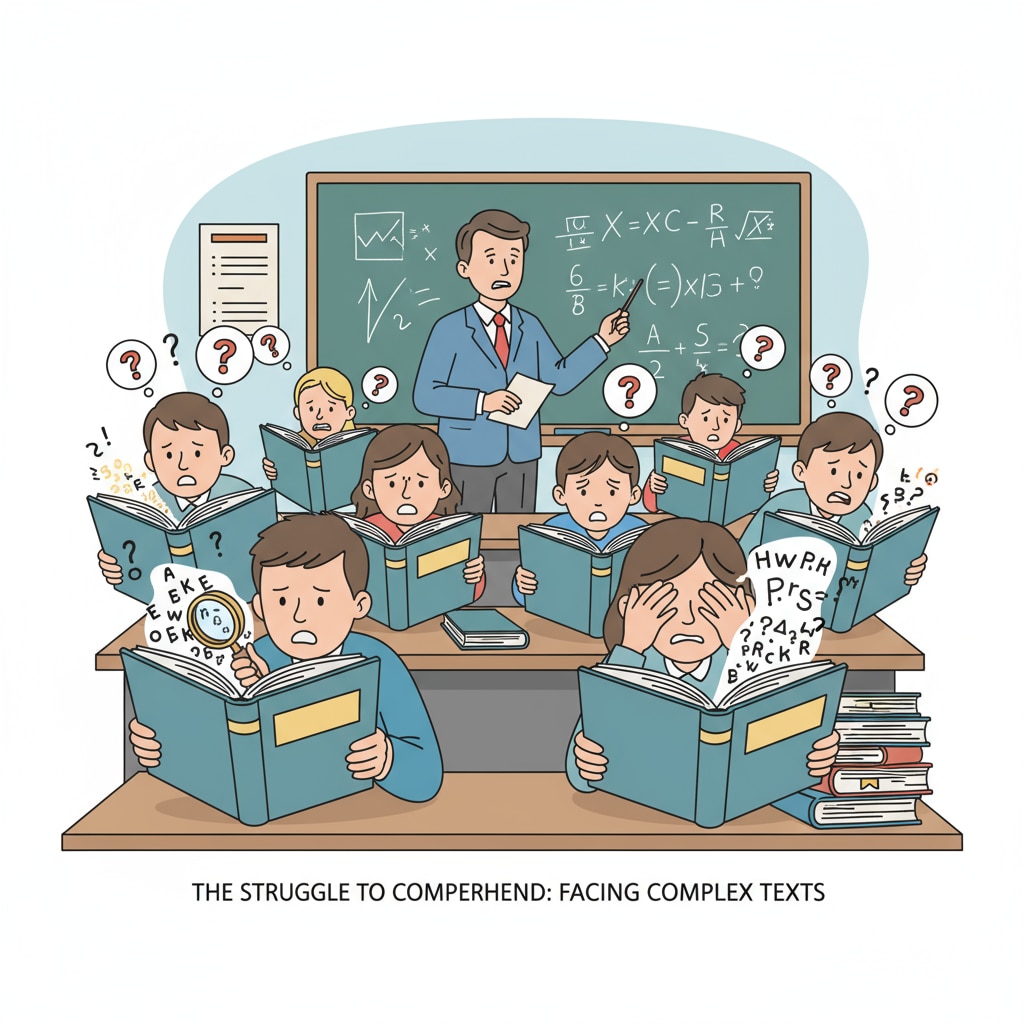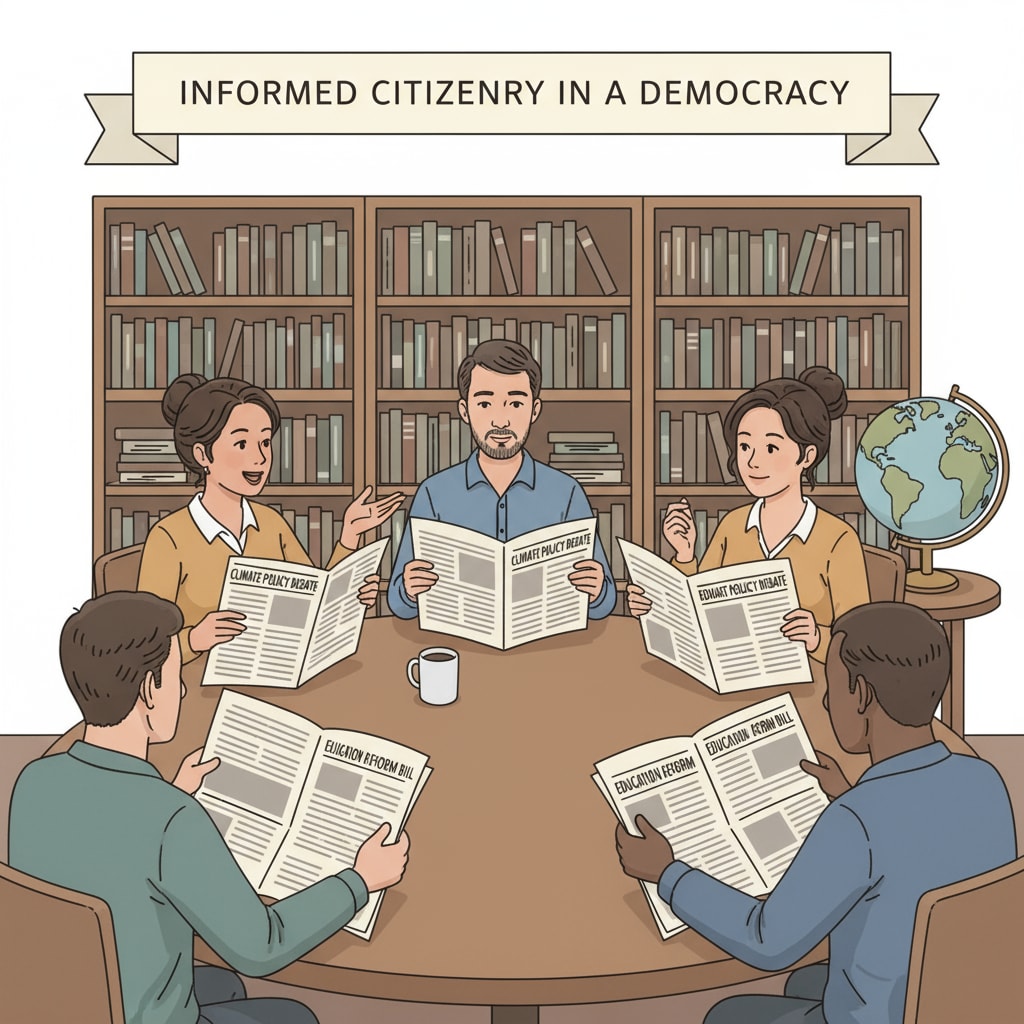The literacy rate, democracy, and reading ability are intertwined elements that play a pivotal role in the development of a society. Currently, there is a disturbing trend of a declining literacy rate among K12 students, which poses a significant threat to the democratic fabric of our society. Reading is the cornerstone of knowledge acquisition, and a decline in reading ability can have far-reaching consequences.

The Alarming Decline in Literacy Rate
Recent studies have shown a concerning downward trend in the literacy rate among K12 students. This decline is not only limited to basic reading skills but also encompasses comprehension and critical thinking abilities related to reading. For example, standardized test scores in reading have been dropping steadily in many regions. This is a clear indication that students are facing difficulties in mastering the fundamental aspects of reading. As reported by The National Center for Education Statistics, the literacy proficiency levels among students have been on the decline, which is a matter of great concern.
The Link Between Literacy and Democracy
In a democratic society, an informed citizenry is essential. Literacy is the key that unlocks the door to information. When citizens can read and understand various sources of information, they are better equipped to make informed decisions about political, social, and economic issues. A literate population can engage in meaningful discussions, hold leaders accountable, and contribute to the democratic process. However, with the decline in reading ability, the ability of citizens to participate fully in democracy is at risk. According to Britannica, democracy thrives on an educated and literate populace, and the current literacy decline could undermine this foundation.

There are multiple factors contributing to the decline in reading ability among K12 students. The digital age has brought about a significant shift in how students consume information. With the prevalence of short-form content, such as social media posts and quick videos, students are less likely to engage in deep, immersive reading. Additionally, the education system may face challenges in providing adequate reading instruction. Teachers may struggle to meet the diverse needs of students, and the curriculum may not always emphasize the development of strong reading skills.
In conclusion, the decline in the literacy rate among K12 students and the associated drop in reading ability are issues that demand immediate attention. The threat it poses to democracy cannot be underestimated. Educators, parents, and policymakers must work together to develop strategies to improve literacy. By promoting a love for reading, providing quality reading instruction, and creating a supportive environment for learning, we can safeguard the democratic future and ensure that the next generation is well-equipped with the essential reading skills they need.
Readability guidance: The article uses short paragraphs to convey key ideas. Each H2 section presents relevant information in a clear manner. The use of external links provides reliable sources of information. Transition words like “however”, “additionally”, and “for example” are used to enhance the flow of the article.


